Although highly regarded during his short life--and honored by artists and architects today--the American artist Gordon Matta-Clark (1943-78) has been largely ignored within the history of art.
Matta-Clark is best remembered for site-specific projects known as "building cuts." Sculptural transformations of architecture produced through direct cuts into buildings scheduled for
demolition, these works now exist only as sculptural fragments, photographs, and film and video documentations. Matta-Clark is also remembered as a catalytic force in the creation of SoHo in
the early 1970s. Through loft activities, site projects at the exhibition space 112 Greene Street, and his work at the restaurant Food, he participated in the production of a new social and
artistic space.
Have art historians written so little about Matta-Clark's work because of its ephemerality, or, as Pamela M. Lee argues, because of its historiographic, political, and social dimensions? What
did the activity of carving up a building-in anticipation of its destruction--suggest about the conditions of art making, architecture, and urbanism in the 1970s? What was one to make of the
paradox attendant on its making--that the production of the object was contingent upon its ruination? How do these projects address the very writing of history, a history that imagines itself
building toward an ideal work in the service of progress?
In this first critical account of Matta-Clark's work, Lee considers it in the context of the art of the 1970s--particularly site-specific, conceptual, and minimalist practices--and its
confrontation with issues of community, property, the alienation of urban space, the "right to the city," and the ideologies of progress that have defined modern building programs.
-
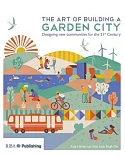
The Art of Building a Garden City: Designing New Communities for the 21st Century
$3,058 -

The Re-Use Atlas: A Designer’s Guide Towards the Circular Economy
$2,698 -
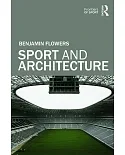
Sport and Architecture
$6,750 -

The Hok Guidebook to Sustainable Design
$3,600 -
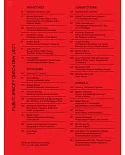
Public Space?: Lost and Found
$1,800 -
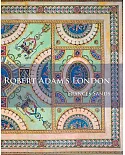
Robert Adam’s London
$2,250 -
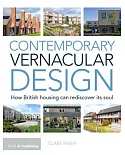
Contemporary Vernacular Design: How British Housing Can Rediscover Its Soul
$3,058 -

Domesticated Natures: Victor Horta and the Art Nouveau Interior
$6,750 -
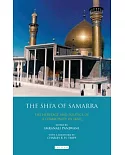
The Shi’a of Samarra: The Heritage and Politics of a Community in Iraq
$1,328 -
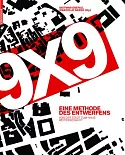
9 X 9 - Eine Methodes Des Entwerfens: Von Der Stadt Zum Haus Weitergedacht
$4,600 -
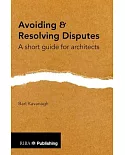
Avoiding & Resolving Disputes: A Short Guide for Architects
$1,843 -
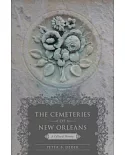
The Cemeteries of New Orleans: A Cultural History
$1,710 -
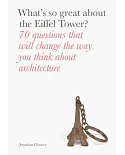
What’s So Great About the Eiffel Tower?: 70 Questions That Will Change the Way You Think About Architecture
$700 -
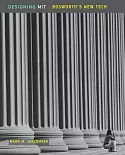
Designing Mit: Bosworth’s New Tech
$1,125 -
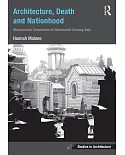
Architecture, Death and Nationhood: Monumental Cemeteries of Nineteenth-Century Italy
$5,625 -

The State of the Art of Architecture
$1,925 -

Kant for Architects
$4,500 -
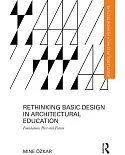
Rethinking Basic Design in Architectural Education: Foundations Past and Future
$6,975 -
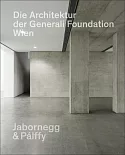
Die Architektur Der Generali Foundation in Wien / The Architecture of the Generali Foundation in Vienna
$1,680 -
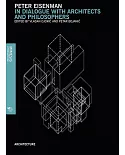
Peter Eisenman: In Dialogue With Architects and Philosophers
$1,238

